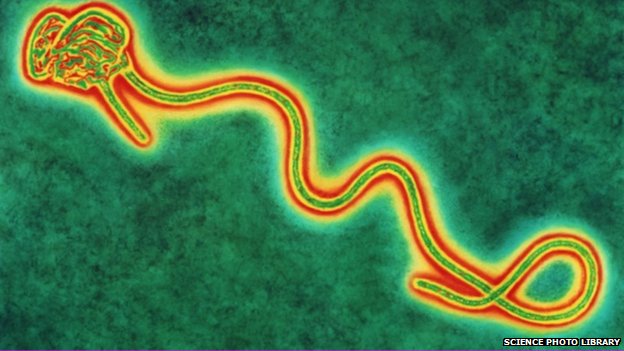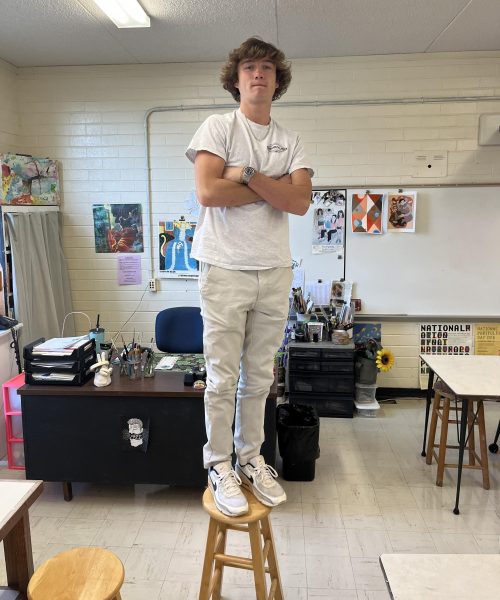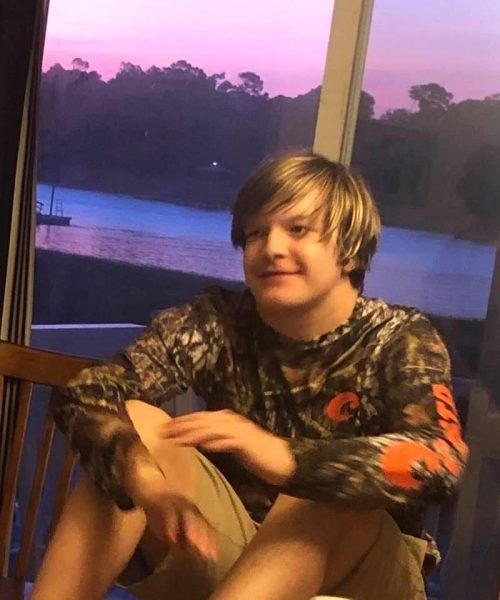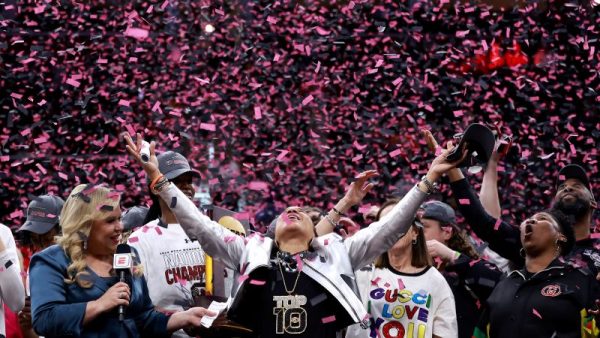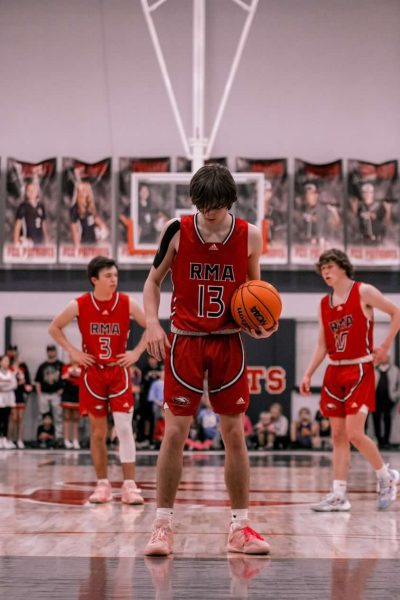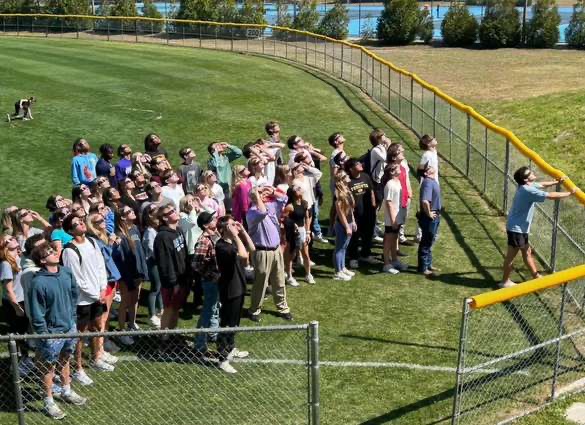Ebola Creeps from West Africa to the U.S.
October 17, 2014
On September 30th, 2014, the first travel-associated case of Ebola was diagnosed in Texas Presbyterian Hospital of Dallas. Twenty one days after exposure, Thomas Eric Duncan died at the age of forty two. After first coming in contact with the Ebola virus on September 15th in Liberia’s capital, Monrovia, while carrying an infected women back into her home when she was refused treatment at an inner-city hospital due to overcrowding and lack of medical supplies. Four days later, Duncan boarded a flight to Brussels, Belgium, then flew onward to Washington D.C. He then arrived in Dallas to see his significant other and her five children. When flying from Liberia to Brussels, Duncan failed to declare his exposure to the Ebola virus on his international travel documents. After being admitted on September 24th, Duncan experienced sky-high fevers, severe abdominal pain, headaches, and vomiting. Unlike the two Americans that had attracted Ebola in August, Duncan did not receive the miracle drug known as ZMapp. Because this pharmaceutical takes months to create and was unavailable at the time of Duncan’s diagnosis, he was unable to benefit from this potential cure. After receiving brincidofovir, an experimental drug that counteracts the virus, Duncan’s condition ameliorated before his death on October 7th.
Five days after the death of Thomas Eric Duncan, Nina Pham, Duncan’s 26-year-old nurse, was diagnosed with Ebola after presenting a low grade fever. Like Duncan, Pham was given brincidofovir to mitigate the virus’s symptoms and rapid progression. When diagnosed, Nina Pham became the first American to contract the virus on U.S. soil. On October 6th, Pham was moved to the National Institutes of Health hospital in Bethesda, Maryland where tests of cutting-edge vaccines will be tested and will potentially lead to a cure for Pham. Three days after the diagnosis of Nina Pham, Amber Joy Vinson, Duncan’s other nurse faced the same terrifying news that Duncan and Pham just days before. While having a low-grade fever, Vinson flew from Dallas to Cleveland to plan her upcoming wedding. At the Texas Presbyterian Hospital of Dallas, Vinson became the second person to be diagnosed with Ebola in the U.S. on October 15th. Within the next few days, doctors plan to fly her to the Emory University Hospital where Kent Brantly and Nancy Writebol, both survivors of the horrific disease, were treated.
According to the Center for Disease Control and Prevention, the confirmed number of cases is only 3 people total in the U.S. However, there are 11 U.S. citizens who have definitely been exposed to the virus and 107 possible contacts. Both of these groups have been quarantined and are under the strict supervision. Immediately after Thomas Eric Duncan’s death airport screening began at New York’s JFK Airport for passengers arriving from Liberia, Sierra Leone and Guinea. Other international airports in the U.S. such as the Chicago O’Hare International Airport and the Hartsfield-Jackson Airport of Atlanta will also begin screening passengers this upcoming week due to the high number of arriving passengers from at-risk regions. Other precautions are being taken by the CDC, U.S. government, and the World Health Organization to alleviate and eliminate the devastating effects the virus has had on the world. Some of these precautions include advanced screening of airline passengers, dispatching Ebola experts to affected areas abroad to teach the best methods for treatment, and supplying medical supplies to put an end to the spread of the virus through bodily fluid contact between patients and medical staff members.

